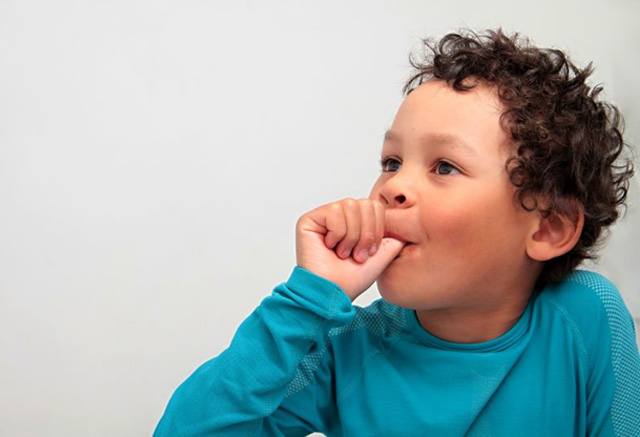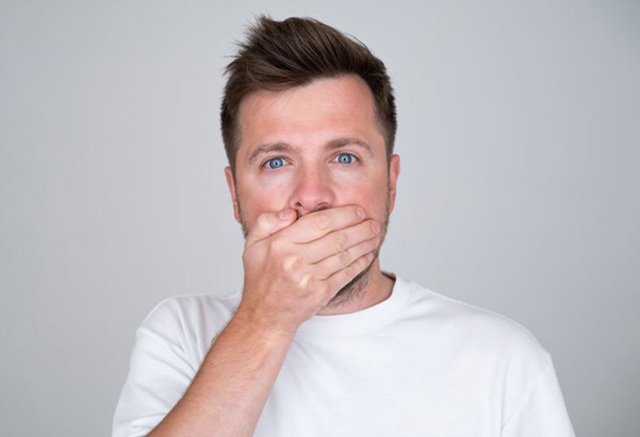How Does Myofunctional Therapy Work?
Myofunctional therapy is usually part of a comprehensive treatment plan. It is often used in conjunction with orthodontia, bite corrections, and/or lip and tongue tie treatment. Once anatomical abnormalities that contribute to OMDs have been corrected, myofunctional therapy can help you to learn how to use your oral structures in the best way.
Myofunctional therapy involves the use of targeted exercises that strengthen and train the orofacial muscles. In addition to attending sessions in our office, you should also perform exercises at home as instructed. Just like any exercise program, myofunctional therapy can cause some mild discomfort, but the end results are well worth it!
After a successful course of myofunctional therapy, you can expect to experience numerous benefits. For example, the quality of your sleep may improve, and you may be at a lower risk of dental problems. You might even notice that there are aesthetic improvements to your face!




